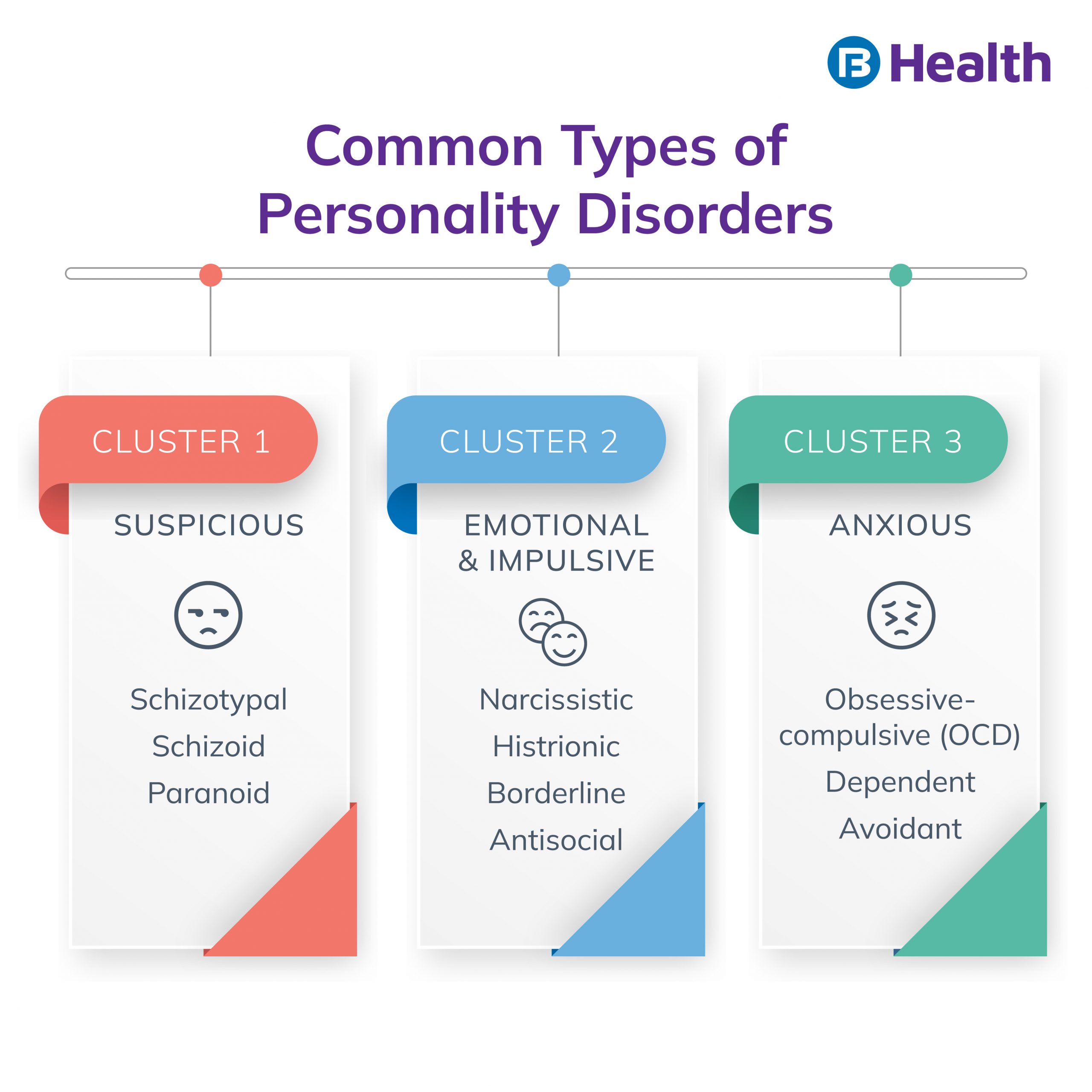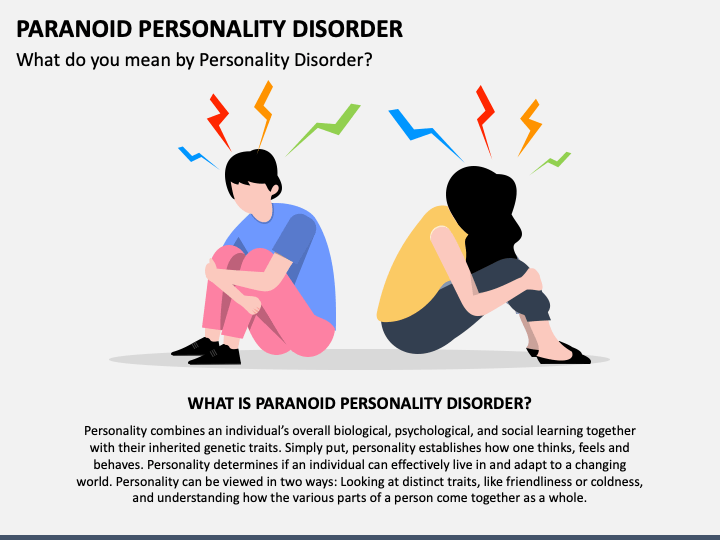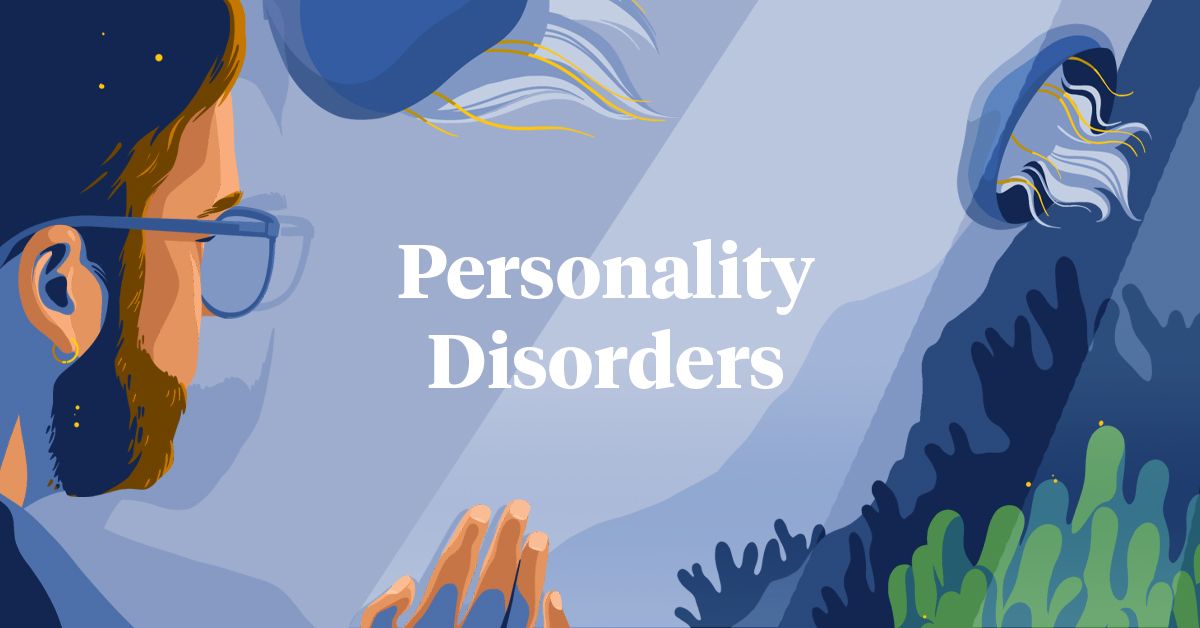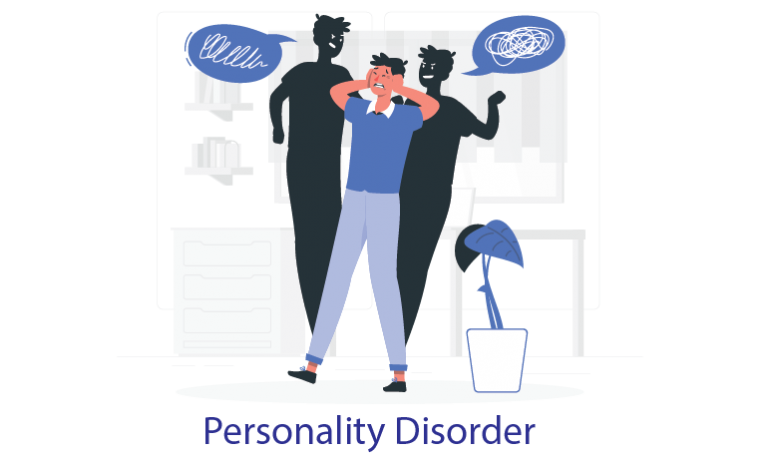What Is True About The Study Of Personality Disorders
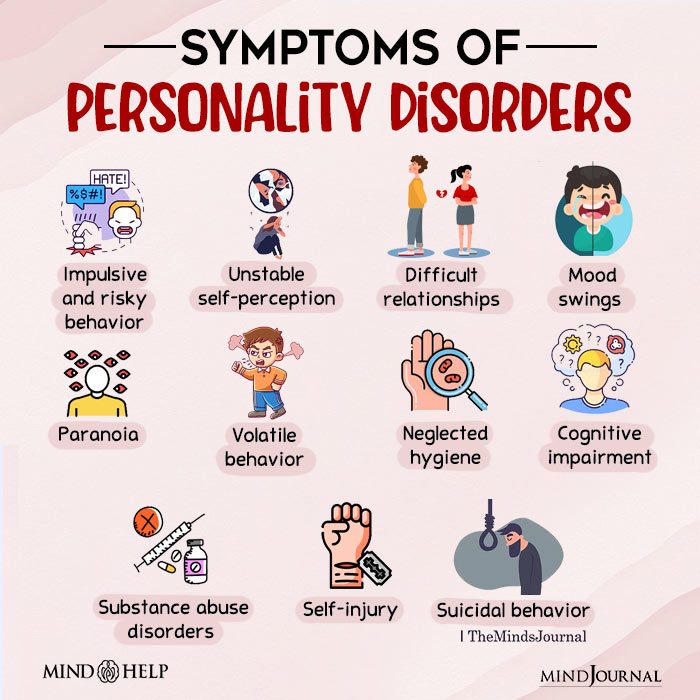
Misinformation and stigma surrounding personality disorders persist, obscuring critical facts about their nature, diagnosis, and treatment. This article cuts through the noise, focusing on verified scientific understanding of these complex conditions.
Personality disorders are enduring patterns of perceiving, reacting, and relating that cause significant distress or impairment. This report will separate proven research from harmful myths.
The Core Truths About Personality Disorders
What are personality disorders? They are not simply quirks of character or moral failings.
Instead, they are deeply ingrained patterns of thought, feeling, and behavior that deviate markedly from cultural expectations and cause significant problems in relationships, work, and other life areas. The Diagnostic and Statistical Manual of Mental Disorders (DSM-5) identifies ten specific personality disorders, organized into three clusters (A, B, and C).
Cluster A includes paranoid, schizoid, and schizotypal personality disorders, characterized by odd or eccentric thinking. Cluster B encompasses antisocial, borderline, histrionic, and narcissistic personality disorders, marked by dramatic, emotional, or erratic behavior. Cluster C includes avoidant, dependent, and obsessive-compulsive personality disorders, defined by anxious or fearful behavior.
Who is Affected? Prevalence and Demographics
Studies show that approximately 9% of the U.S. adult population has a personality disorder. Data from the National Institute on Alcohol Abuse and Alcoholism (NIAAA) indicates comorbidity with substance use disorders is common.
Research published in the Journal of Clinical Psychiatry suggests that Borderline Personality Disorder (BPD) affects about 1.6% of adults, with higher rates among women. Antisocial Personality Disorder (ASPD) is more prevalent in men.
However, researchers caution against generalizing based on gender, as diagnostic biases may exist. The World Health Organization (WHO) estimates that personality disorders contribute significantly to global disability and healthcare costs.
Where Does Research Stand? The Neuroscience of Personality Disorders
Neuroimaging studies offer increasing insights into the brain structures and functions associated with personality disorders. Research using fMRI (functional magnetic resonance imaging) indicates that individuals with BPD may exhibit altered activity in the amygdala, the brain region responsible for processing emotions.
Studies published in the journal Biological Psychiatry show reduced gray matter volume in the prefrontal cortex, the area responsible for executive functions, in individuals with ASPD. These findings suggest a biological basis for some of the behavioral characteristics associated with these disorders.
It is important to note that these findings are correlational and do not prove causation. Genetic studies are also ongoing to identify potential genetic risk factors for personality disorders.
When Do Symptoms Emerge? Developmental Trajectory
Personality disorders typically emerge in adolescence or early adulthood. The development of personality disorders is thought to result from a complex interplay of genetic vulnerabilities and adverse environmental experiences, such as childhood abuse or neglect.
Longitudinal studies have shown that early maladaptive schemas, or negative beliefs about oneself and the world, can contribute to the development of personality disorders. Early intervention and prevention efforts are crucial for mitigating the impact of these disorders.
Adverse Childhood Experiences (ACEs) are strongly correlated with the development of personality disorders later in life, according to research by the CDC. Early diagnosis is critical in preventing future challenges.
How Are Personality Disorders Diagnosed and Treated?
Diagnosis typically involves a comprehensive clinical interview and psychological testing. Mental health professionals use the criteria outlined in the DSM-5 to assess whether an individual meets the criteria for a specific personality disorder.
Treatment options include psychotherapy, such as Dialectical Behavior Therapy (DBT) for BPD, and medication to manage co-occurring symptoms like anxiety or depression.
"DBT has shown efficacy in reducing suicidal behaviors and improving emotional regulation in individuals with BPD,"says Dr. Marsha Linehan, the developer of DBT.
Medications are typically used to target specific symptoms rather than the underlying personality disorder itself. There is growing evidence supporting the efficacy of schema therapy for treating personality disorders.
Debunking Myths and Addressing Stigma
A common misconception is that people with personality disorders are manipulative or untreatable. This is a harmful stereotype.
Individuals with personality disorders often struggle with significant emotional distress and interpersonal difficulties, and they *can* benefit from appropriate treatment. Stigma surrounding mental illness is harmful and prevents people from seeking help.
Raising awareness and promoting understanding are essential steps in combating stigma. The *National Education Alliance for Borderline Personality Disorder (NEABPD)* and other organizations are working to educate the public and healthcare professionals about personality disorders.
Ongoing Research and Future Directions
Research on personality disorders is ongoing, with a focus on identifying biomarkers, developing more effective treatments, and improving diagnostic accuracy. The National Institute of Mental Health (NIMH) is funding several research projects aimed at understanding the neurobiological basis of personality disorders.
Future research should focus on personalized approaches to treatment, tailoring interventions to the specific needs of each individual. More research is needed on the effectiveness of integrated treatment models that address both personality disorders and co-occurring conditions.
Continued research into prevention strategies, especially for individuals at high risk, is crucial for reducing the burden of these disorders.


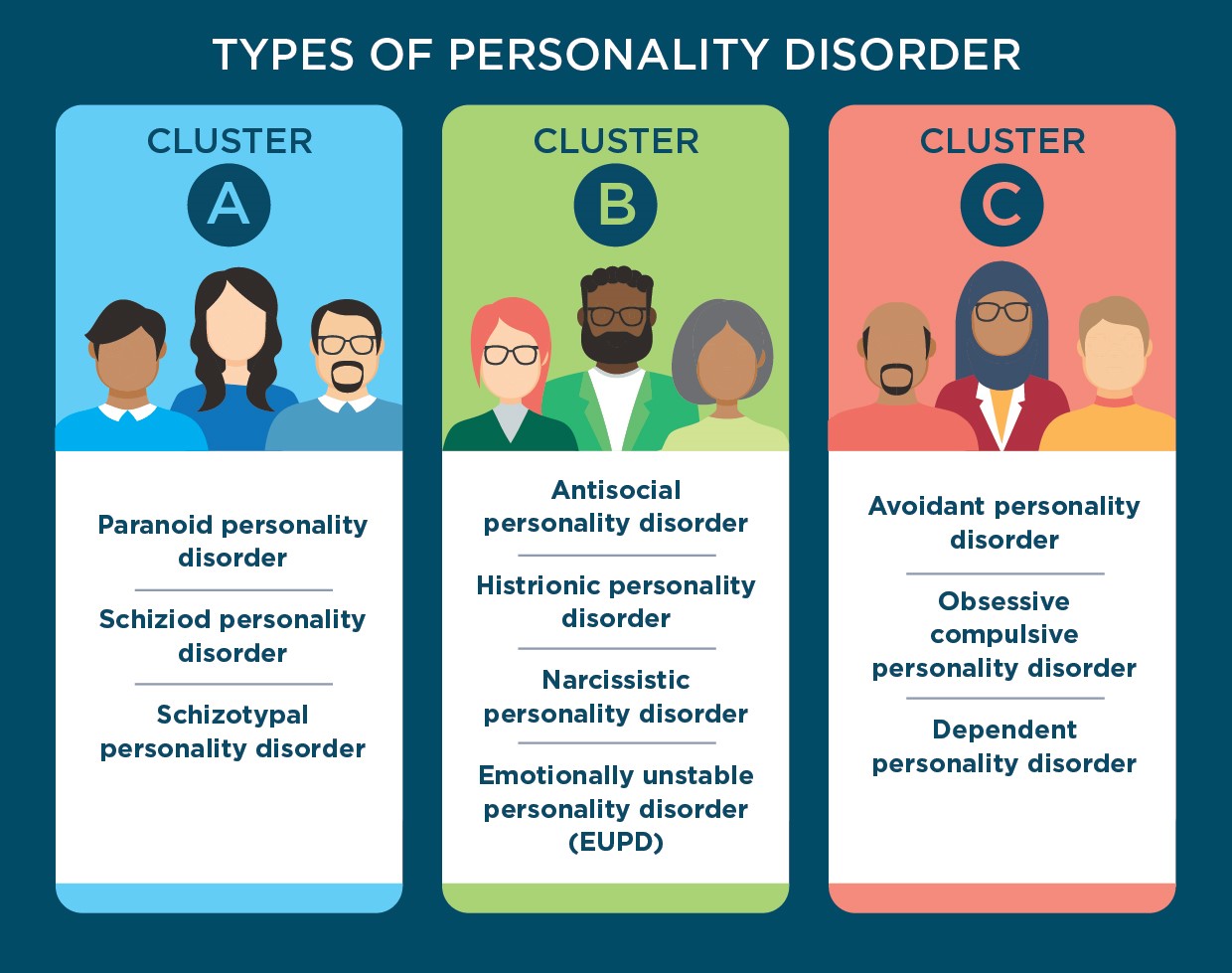
:max_bytes(150000):strip_icc()/Personality-disorders-5100910_final-927bda5a8a4d48779a8252c7dc5b22e6.jpg)

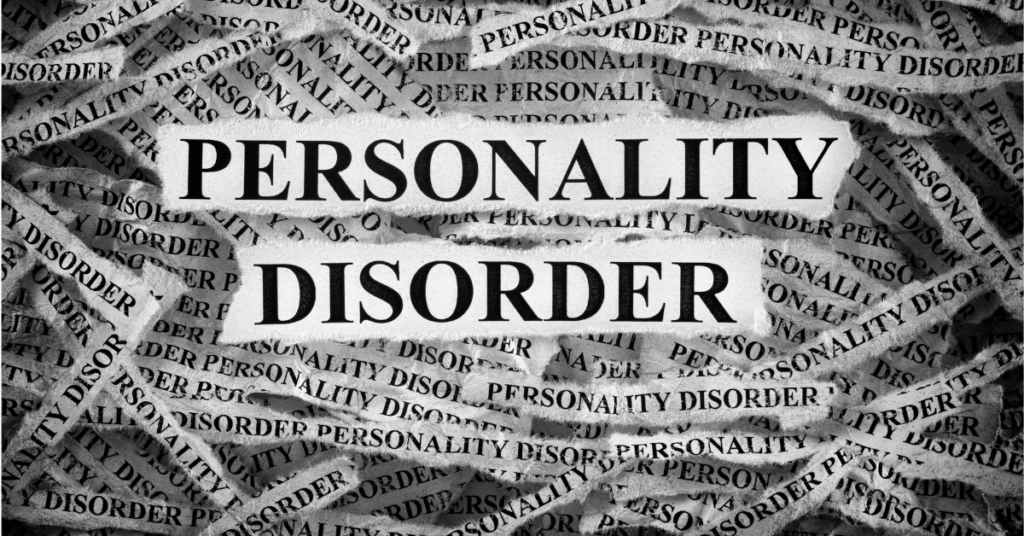
:max_bytes(150000):strip_icc()/VWH-JoulesGarcia-TypesofPersonalityDisorder-Standard-0d5b891d387540fabdf79f61ed37669b.jpg)
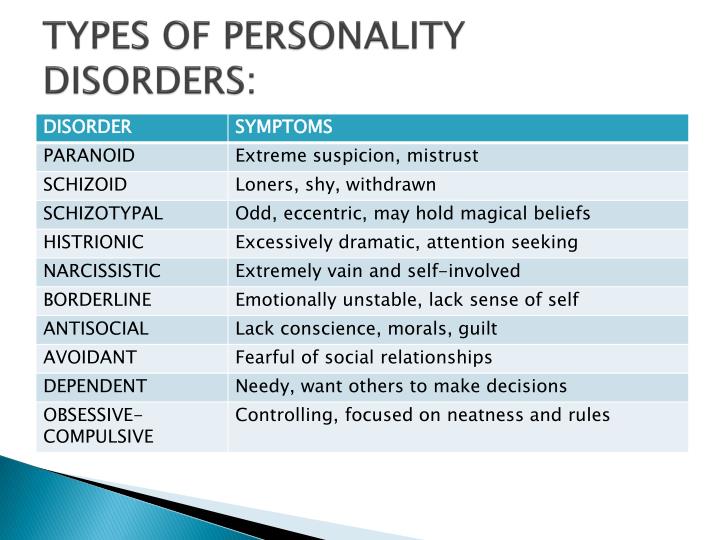


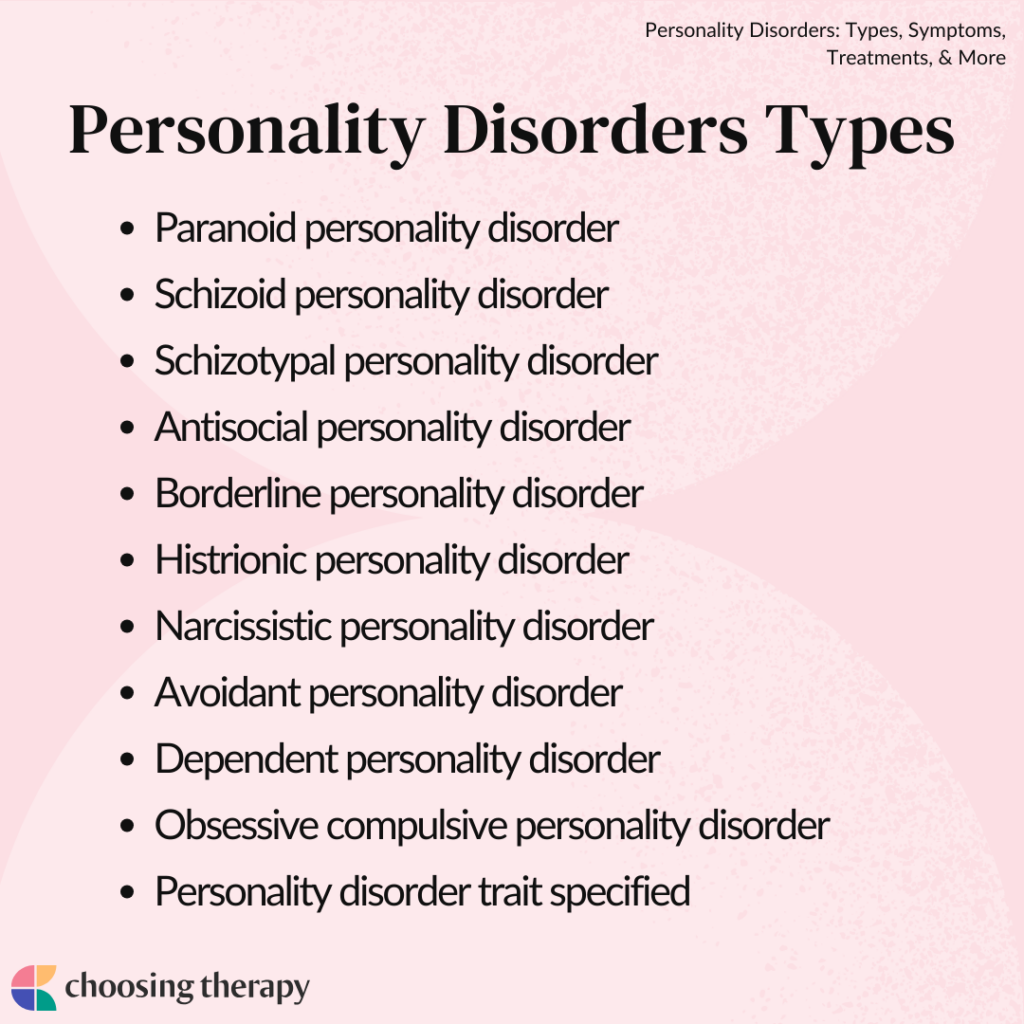
:max_bytes(150000):strip_icc()/VWH_Illustration_Symptoms-of-Dependent-Personality-Disorder_Illustrator_Lara-Antal_Final-bb40b987ce1a4794b65bad0417250c14.jpg)
